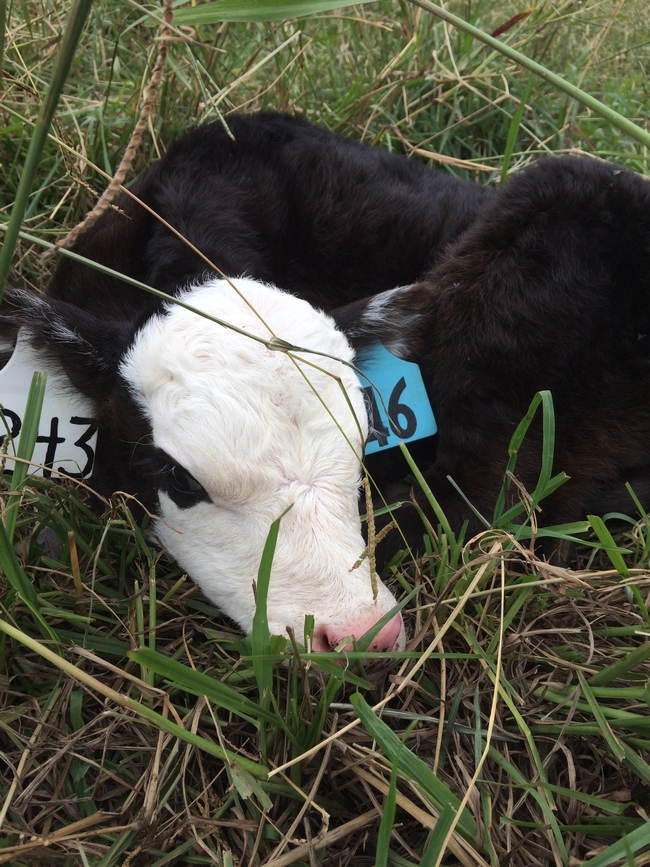A local rancher called this week, and as usual, our conversation turned to grass and moisture conditions (I don't think ranchers and rangeland geeks like me can have a conversation WITHOUT discussing these topics). He said, "Judd and I were trying to remember how long it's been since we've had two "good" rain years in a row - we figured you would know!"
As I've written before, I've kept precipitation records since we moved to Auburn in 2001 - I am now starting my 24th year of recording daily precipitation! I also have monthly forage production data from the Sierra Foothill Research and Extension Center (SFREC) dating back to 1979. When I got back to my office, I checked my records to see if my friends were right. They weren't! Sorry, Bill - we appear to be on track for our third consecutive "good" rain year!
Since October 1, I've measured 25.7 inches of rain in Auburn. As of March 1, we were sitting at 103% of average for that date. Despite what appears to be a "normal" year, however, the March 1 forage data from SFREC indicated they had 639 pounds of forage per acre (about 86% of the long-term average for that date). We weighed a group of 140 steers at SFREC on February 8, and found that they'd just maintained weight - few if any of them had gained any weight since late December. Cattle never lie - there simply wasn't enough grass growth through early February to put weight on the steers!
In terms of precipitation, we were actually at or above our long term average rainfall for the 2021-22 and 2022-23 water years. Total forage production for both of those years was about 20% higher than the long-term average. All of this data confirms that growing grass is much more complicated that simply looking at total rainfall, especially in annual grassland systems like ours - germination date, consistency of fall rain, timing of rainfall throughout the season, and soil/air temperatures all interact to make a good grass year. Or a bad one!
Digging into this data a little further makes the importance of timing even more evident. In 2021, SFREC recorded a germinating rain on October 22. In 2022, the grass germinated on October 5. Last October (2023), SFREC saw a germinating rain on September 30. On January 1, 2022, SFREC had about twice the amount of grass they measured in 2023 or 2024. While germination date is important, the data suggest that the second (and third, fourth, etc.) rainfalls of the growing season are perhaps more important! On January 1, 2022, we'd measured nearly double our "normal" year-to-date precipitation (and a whopping 74% of what we'd normally measure for an entire year). This year, in contrast, we'd received just 57 percent of "normal" rain through January 1 (about 21% of our annual average).
This year, I'm sure our forage growth will catch up with the rainfall. While we're sitting below average for forage for this time of year, the soil moisture we've banked, and the warmer temperatures and longer days ahead of us, mean we're about to start the spring flush - we'll be able to hear the grass growing in the coming weeks! Several well-timed storms in the second half of March and into April will help extend the growing season, but even if we turn dry from here on out, I expect we'll still have a decent grass year.
Bill and Judd - I hope this answers your question! Probably more than you wanted to know!
Attached Images:
